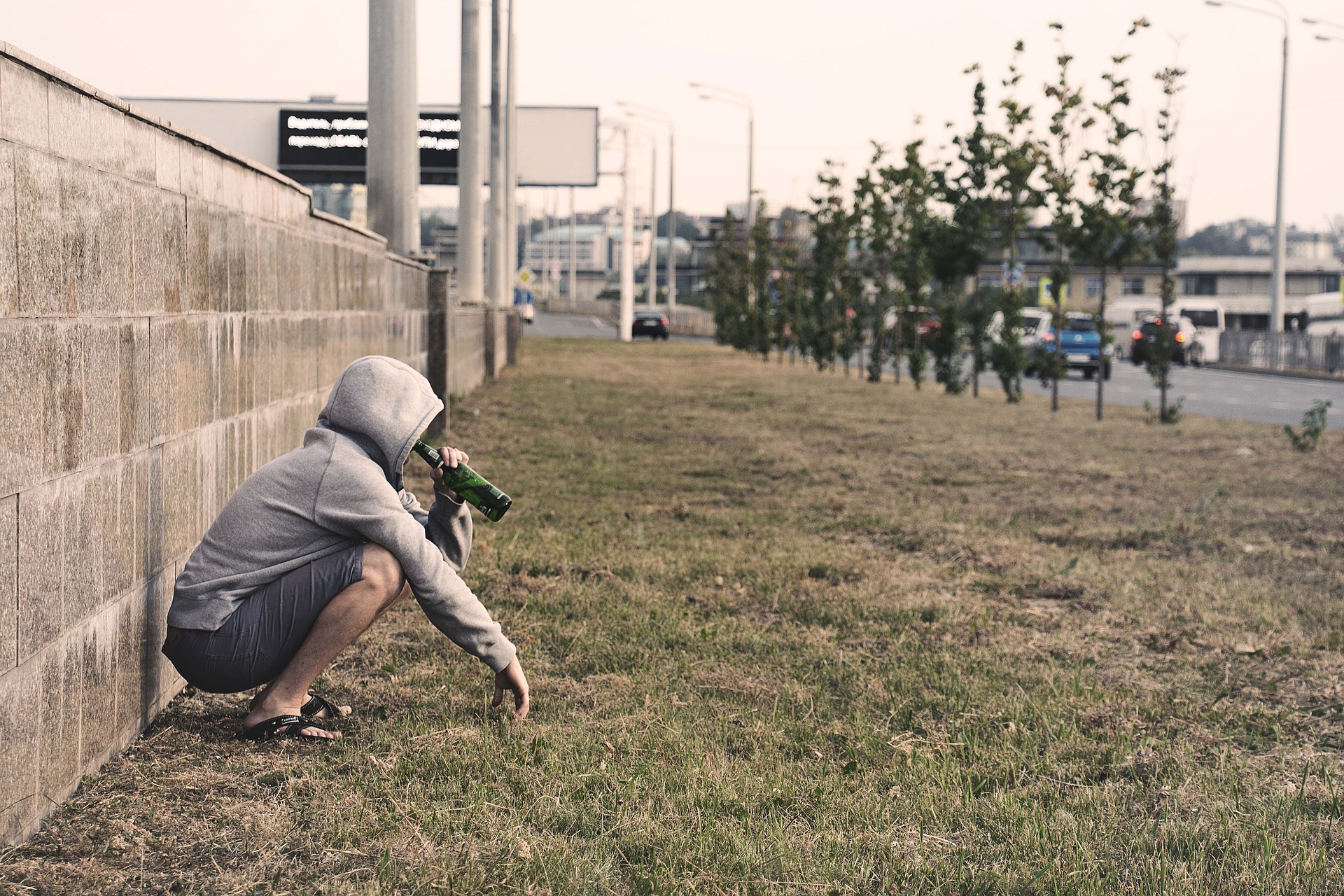
Are you suffering from a knee injury? Is the pain interfering with your daily life? If so, you are among millions of Americans who struggle with the same problem.
The knee is the largest joint in the body, making it one of the easiest to injure. A 10 years study published in the Journal Science Direct says knee injuries are the most common sports injuries.
The study surveyed 17,397 patients with 19,530 sports injuries over 10 years. 6434 patients (37%) had 7769 injuries (39.8%) related to the knee joint.
The same report says non-surgical care of meniscus-injury related pain is equally or more effective than surgical interventions. Such non-surgical interventions include knee exercises.
These exercises work whether you have undergone a surgical procedure or not.
The Most Effective Knee Exercises after a Knee Injury
Your knee consists of four parts; bones, cartilage, ligaments, and tendons. Any of these sensitive parts can suffer a life-altering injury. For instance, many promising athletes have had their careers cut short by a knee injury.
The most common injuries to the knee are:
- Knee dislocation
- Meniscal Tears
- Anterior cruciate ligament (ACL) injuries
- Tendonitis or inflammation in the knee (patellar tendinitis)
- Fractures
- Posterior cruciate ligament injuries
- Bursitis
- Iliotibial band syndrome
- Tendon Tears
- Collateral ligaments injuries
If you experience chronic knee pain for a few days, it’s time to see your doctor. During knee rehab, your doctor will propose different knee strengthening exercises. Additionally, they may also provide guidance on how to tape knee for stability or other taping methods to relieve pressure, support the kneecap, and improve mobility during recovery. These supportive methods can complement exercise and therapy, promoting comfort and steady progress in recovery.
These exercises prevent weakening of the muscles surrounding the knee. They also reduce the burden on the knee joint.
The following are some of the most effective knee arthritis exercises prescribed by a knee specialist:
- Stretching Out
Stretching is at the core of any knee therapy. Stretching your legs is the best way to get your knee rehab exercises started. Doctors recommend this technique for winding up your exercises.
It is important to follow instructions given by your physical therapist (PT)for knee stretches to avoid further damage to your knee.
- Straight Leg Raises
If you suffer chronic knee pain after an injury, straight leg raises can help. Hip strength has a direct effect on knee position. For this reason, your knee rehab must focus on increasing hip strength.
Straight leg raises work to keep your knees in position and thus minimize stress to your meniscus. You can do this exercise when lying on your side or do a prone straight leg raise.
When doing leg raises, stretch the injured knee and bend the other one. Hold your straight leg up for a few seconds, and then lower it down slowly. You should repeat the exercise 15 times for more effectiveness.
- Hamstring Set (heel dig)
This exercise is essential for treating collateral ligament sprain. Sit with your good leg straight and supported on the floor and the affected leg bent.
Press your heel into the floor to tighten the hamstring. Hold for about 6 seconds, rest and repeat 8 to 12 times.
- Heel Slide to Flex Your Knee
This is an effective rehabilitation exercise for medial collateral ligament sprain. To do it, lie on your back. Bend your affected knee as far as you can.
Hold the other foot onto your ankle like a hook. While in this position, pull your heel as back as far as you can. Stay in this position for 6-10 seconds, rest and then do it again, 7 to 15 times.
- Quad sets
The quadriceps muscle (the quad) straightens your knee. It also supports the joint and your knee cap. After a knee meniscus tear, this support function suffers. Quad sets seek to restore support to for your knee joint.
Lie on your back with your knee out straight. Use a soft towel underneath your injured knee.
Tighten your quad muscle and at the same time press the back of your knee down. Stay in this position for 5 seconds, release and then repeat 10 times.
Quad sets features in any program teaching how to strengthen knees.
- Short-arc Quad
While lying on your back, use a large towel or soccer ball underneath your injured knee. Straighten your injured knee out all the way while tightening your quad/thigh muscle. The bottom of your knee should stay on the towel.
Stay in this state for 3-6 seconds. In gradual motion, bend your knee and lower your leg onto the floor. Rest and then repeat 8-10 times.
- Hip Adduction
When sitting on the floor, bend both knees. Use a pillow between the knees. Use your hands for hip support by placing them behind on the floor.
Hip adduction works by squeezing the pillow inner thigh muscles. Stay in this position for 6 seconds, rest and repeat 12 times.
- Mini Squats
Stand with your legs shoulder-width apart. Bend your knees to about a 45-degree angle. Stay in this mini-squat position for 3 seconds. Stand up back up straight slowly and repeat 10 times.
This exercise improves your quadriceps and is also ideal for strengthening your knees.
- Bicycling
Depending on your knee injury, your doctor will include riding to your therapy program. It improves your knee range of motion and enhances muscular endurance in your legs.
Bicycling is a non-weight-bearing exercise and limits stress and strain on your injured knee.
- Balance and Proprioception
After a knee injury, your body’s proprioception becomes impaired. This means there’s poor communication between your body’s joints and muscles and your brain.
Your therapist will use different exercises such as single leg stance, standing on a BOSU Ball and working with a BAPS board. These exercises help you learn new balance and proprioception.
Most people go for knee surgery to treat knee injuries, but it is not the most effective form of treatment. A recent report shows over 700,000 arthroscopic partial meniscectomies are performed annually in the U.S. Patients undergoing knee injuries incur over $4 billion in annual direct medical costs.
Final Thoughts
Whether you’re active in sports or not, it is important to keep learning the best wellness tips for your wellbeing.
Learning and doing these knee exercises is a major step for recovery after a knee injury. These exercises are crucial for restoring motion, pain relief, and strengthening your knee after an injury.
When you work with your doctor and PT, it is easier to treat any form of a knee injury and get back on your feet.
These exercises are safe, effective, and cheap. They also have a long-term impact on your knee’s health.









